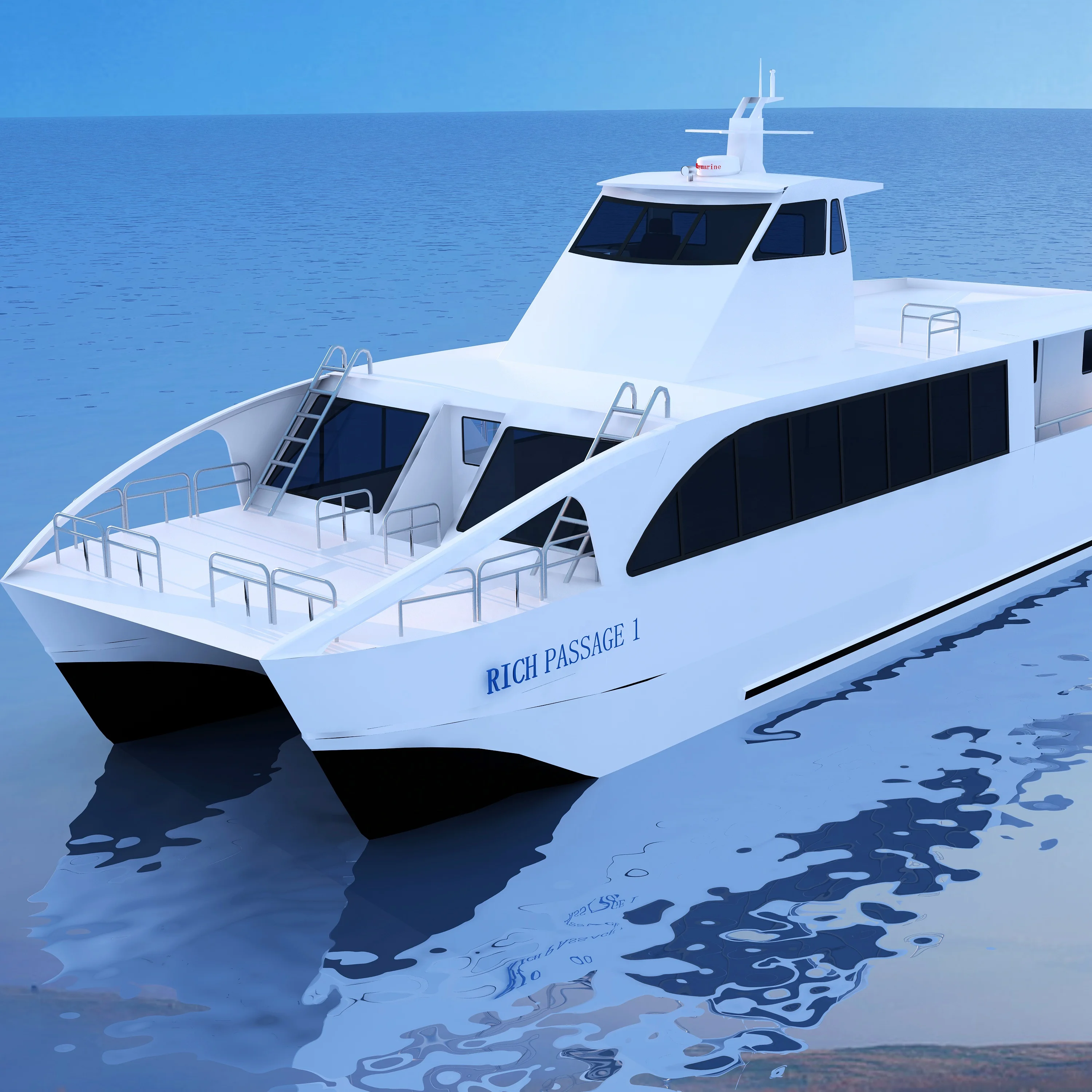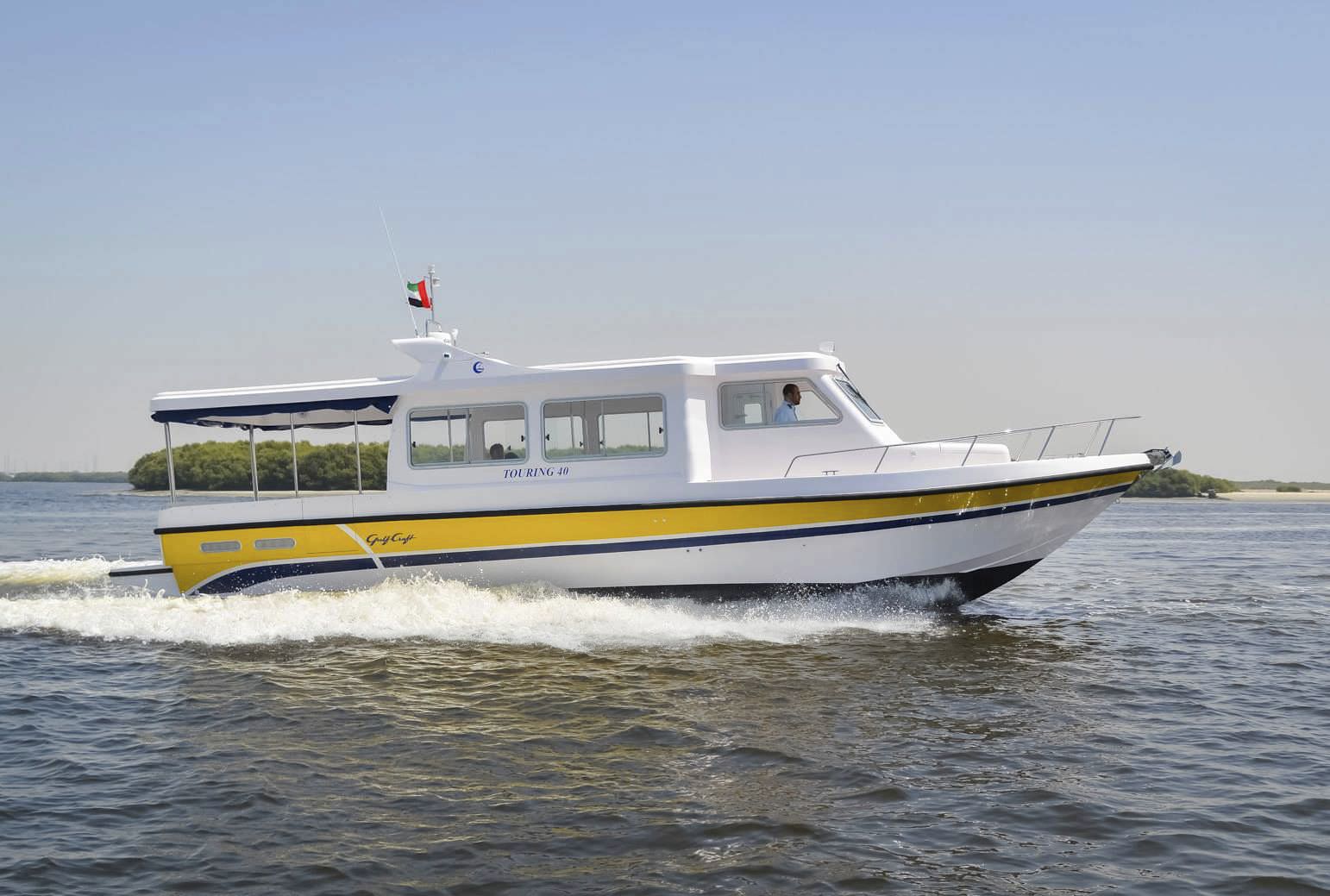A general rule-of-thumb for boat passenger capacity is to multiply the boat’s length in feet by its maximum width in feet and divide that number by 15 (or sometimes 18). This will give you the total number of passengers that your boat can safely carry.
For example, a 20-foot boat that is 8 feet wide has a passenger capacity of 13 (20 x 8 / 15).
However, it is important to note that this is just a general rule-of-thumb and the actual maximum number of passengers may vary depending on the specific boat and the conditions. Always consult with a qualified boater or marine professional before determining the capacity of your boat.
Here are some other factors to consider when determining the passenger capacity of your boat:
- The weight of the passengers: The boat’s manufacturer-specified passenger capacity is based on the weight of average-sized adults. If you have passengers who are overweight or obese, you may need to reduce the number of people on the boat.
- The type of boat: Some boats, such as fishing boats, are designed to carry more people than others. If you have a boat that is not designed for a large number of passengers, you may want to err on the side of caution and limit the number of people on board.
- The weather conditions: If you are boating in rough weather, you may want to reduce the number of people on board to make the boat more stable.
It is important to remember that overloading a boat can be dangerous. If you are unsure about how many people to put on your boat, it is always best to err on the side of caution and limit the number of people on board.
As boating season approaches, it’s important to know how many people your vessel can safely accommodate. The capacity of a boat is determined by the manufacturer and is specific to that particular make and model. It’s critical to stay within the passenger capacity limit because overcrowding can lead to dangerous conditions, such as capsizing.
There are a few factors that contribute to a boat’s passenger capacity. The first is the size of the vessel. Larger boats can obviously accommodate more people than smaller ones.
The type of boat also makes a difference. For example, pontoon boats typically have a higher capacity than other types of boats because they have more deck space. Finally, the weight of the passengers also plays a role in determining how many people can safely be on board.
Heavier passengers will decrease the capacity while lighter passengers will increase it.
When in doubt, always err on the side of caution and keep your boat at or below its maximum capacity rating. That way, you can enjoy a safe and fun day out on the water with your friends and family!
Boat Passenger Capacity
Do you know how many people your boat can safely carry? You might be surprised to learn that there is no definitive answer to this question.
The capacity of a boat depends on a number of factors, including the size and type of the vessel, the weather conditions, and the experience of the operator.
In general, small boats have a lower capacity than large boats. This is because they are less stable and more vulnerable to waves and other environmental factors.
In addition, inexperienced operators may not be able to control a larger vessel as effectively as someone with more experience.
The best way to determine your boat’s capacity is to consult the manufacturer’s specifications. These will take into account all of the relevant factors and give you a safe limit for the number of passengers and crew.
Remember, it’s always better to err on the side of caution when it comes to safety at sea!

Credit: alibaba
How is Boat Passenger Capacity Calculated?
There are a few different ways that boat passenger capacity can be calculated. The most common method is by using the vessel’s length, width, and height to figure out how many people it can hold. Another way to calculate passenger capacity is by using the amount of space available on the deck and in the cabin.
This method is often used for smaller boats.
The first step in calculating boat passenger capacity is to find the vessel’s overall length, width, and height. These dimensions can usually be found in the owner’s manual or on the manufacturer’s website.
Once you have these numbers, you need to multiply them together to get the vessel’s overall volume. For example, if a boat is 30 feet long, 10 feet wide, and 5 feet tall, its overall volume would be 1,500 cubic feet.
Next, you need to determine how much space each person takes up.
A good rule of thumb is that each person requires about 10 cubic feet of space. So, using our example from before, we would take 1,500 cubic feet and divide it by 10 to get 150 people as our maximum capacity.
However, it’s important to note that this number does not take into account any additional gear or luggage that passengers might bring aboard with them.
If you’re expecting your passengers to bring along a lot of extra stuff, you should reduce your maximum capacity accordingly.
Finally, it’s always a good idea to err on the side of caution when calculating boat passenger capacity. It’s better to have too much space than not enough!
Can You Have More People on a Boat Than Seats?
There is no definitive answer to this question as it depends on a number of factors, including the type and size of boat, the weight and distribution of passengers, weather conditions, and more. That said, it is generally not recommended to have more people on a boat than there are seats, as this can lead to instability and potentially dangerous situations. If you do find yourself in a situation where there are more people than seats available, be sure to distribute the weight evenly and have everyone sit or stand as low as possible to maintain balance.
What Does Boat Capacity Mean?
Boat capacity is the maximum number of people or weight that a boat can safely carry. This includes the weight of the passengers, crew, equipment and supplies. Most boats have a capacity plate somewhere on the vessel that lists the maximum capacity for that particular boat.
Capacity is usually expressed in terms of how many people the boat can hold or in pounds or kilograms. It’s important to not exceed the listed capacity as this could lead to dangerous conditions such as capsizing.
How Many People Can a 14 Foot Boat Hold?
A 14-foot boat can comfortably seat six people, but it can hold up to eight people in a pinch.
58 Passenger Capacity Fiberglass Passenger Vessel
Boat Capacity Calculator
When it comes to boating, one of the most important things to consider is capacity. How much weight can your boat safely hold? What is the maximum number of people your boat can accommodate?
These are critical questions to answer before heading out on the water.
There are a few different ways to calculate boat capacity. One method is to simply look at the manufacturer’s specifications.
Most boats will have a capacity plate somewhere on the vessel that lists the maximum weight and person capacity for that specific boat.
Another way to calculate capacity is by using what’s called the “rule of thumb.” This rule states that you should never exceed 1/2 of the total weight or person capacity when loading up your boat.
So, if your boat has a maximum weight capacity of 2,000 pounds, you should never have more than 1,000 pounds worth of gear and people onboard. The same goes for persons – if your boat has a maximum person capacity of 10, then you should never have more than 5 people onboard.
The final way to calculate capacity is by using mathematical formulas.
There are two main formulas used for this – Gross Tonnage and Net Tonnage . To calculate Gross Tonnage, you’ll need to measure the length, width, and height of your vessel (in feet) and multiply those numbers together. Once you have that number, divide it by 100 and that will give you your Gross Tonnage.
For example: A 20ft long x 8ft wide x 5ft high vessel would be: 20x8x5 = 800 / 100 = 8 GT . To calculate Net Tonnage , take your Gross Tonnage number and subtract any deductions such as crew members, passengers, cargo holds, etc.. For example: If our 8 GT vessel has 4 crew members onboard , we would deduct 4 from 8 giving us a Net Tonnage of 4 NT .
Conclusion
The capacity of a boat is the maximum number of people or amount of weight that the vessel can safely carry. Capacity varies by boat type and size, and it’s important to know how much your boat can hold before heading out on the water. There are three main types of capacity: passenger capacity, weight capacity, and cargo capacity.
Passenger capacity is determined by the number of life jackets onboard and the size of the vessel. Weight capacity includes the weight of passengers, crew, gear, and fuel. Cargo capacity is the amount of space available for storing belongings onboard.
To determine your boat’s capacities, consult its owner’s manual or contact the manufacturer directly.
Related: Boat Capacity Plate Replacement
